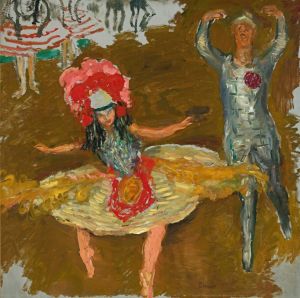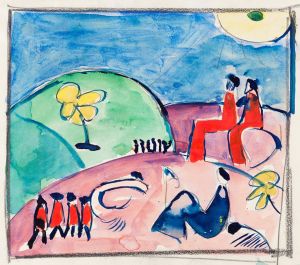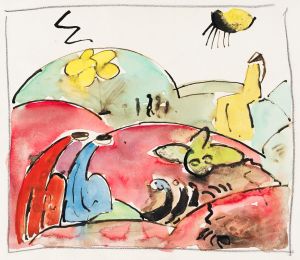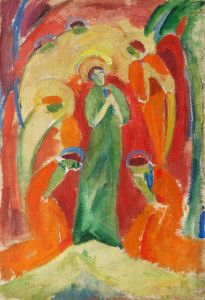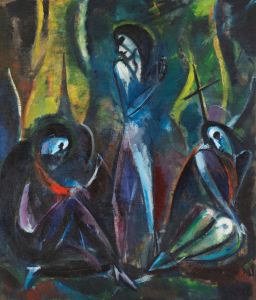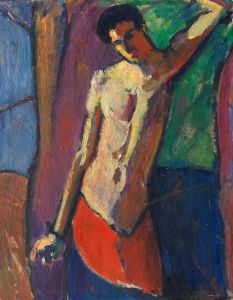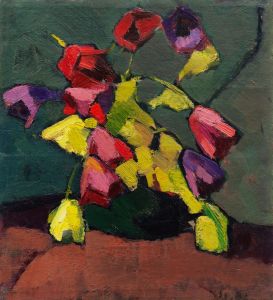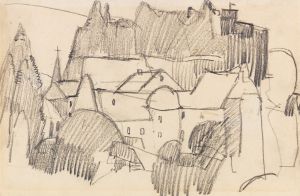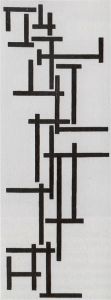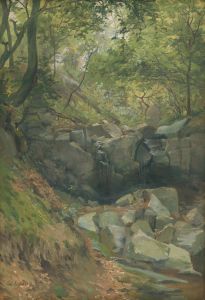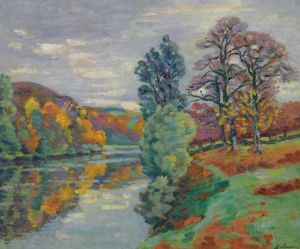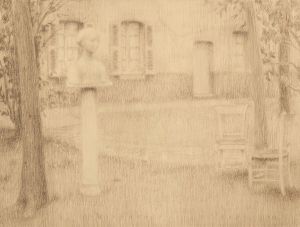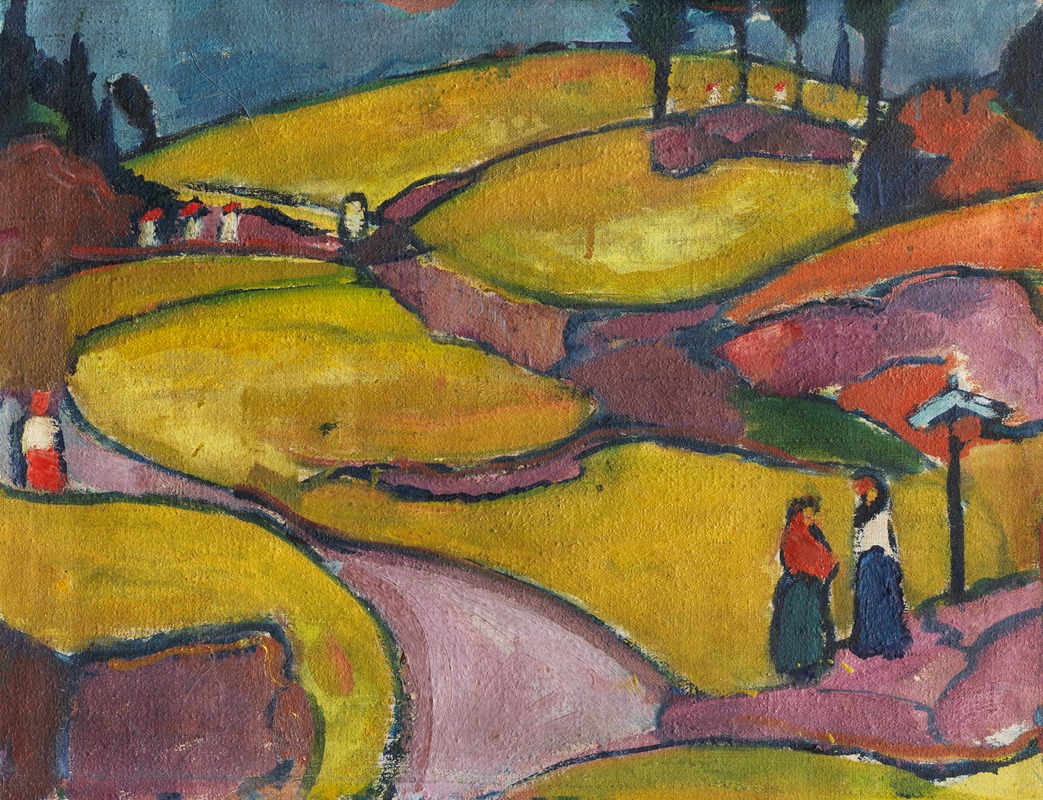
Rhythmische Landschaft
A hand-painted replica of Hermann Stenner’s masterpiece Rhythmische Landschaft, meticulously crafted by professional artists to capture the true essence of the original. Each piece is created with museum-quality canvas and rare mineral pigments, carefully painted by experienced artists with delicate brushstrokes and rich, layered colors to perfectly recreate the texture of the original artwork. Unlike machine-printed reproductions, this hand-painted version brings the painting to life, infused with the artist’s emotions and skill in every stroke. Whether for personal collection or home decoration, it instantly elevates the artistic atmosphere of any space.
Hermann Stenner (1891–1914) was a German Expressionist painter whose career was tragically cut short during World War I. Despite his brief life, Stenner created a significant body of work that reflected the vibrant and experimental spirit of early 20th-century modern art. Among his notable works is the painting Rhythmische Landschaft (translated as Rhythmic Landscape), which exemplifies his innovative approach to color, form, and composition.
Rhythmische Landschaft is a landscape painting that demonstrates Stenner's interest in capturing the dynamic interplay of natural forms and his exploration of rhythm and movement within the visual field. The painting is characterized by bold, expressive brushstrokes and a vivid color palette, hallmarks of the Expressionist movement. Stenner's use of color and abstraction in this work suggests an attempt to convey the emotional and spiritual essence of the landscape rather than a realistic depiction. The composition is structured in a way that guides the viewer's eye across the canvas, creating a sense of flow and energy that aligns with the title's reference to rhythm.
Stenner was influenced by his studies under prominent artists such as Adolf Hölzel at the Stuttgart Academy of Fine Arts. Hölzel's emphasis on abstraction and the spiritual dimension of art had a profound impact on Stenner's development as an artist. Rhythmische Landschaft reflects these influences, as well as the broader trends in German Expressionism, which sought to break away from traditional artistic conventions and explore new ways of representing the world.
The exact date of Rhythmische Landschaft is not definitively documented, but it is believed to have been created during the final years of Stenner's life, between 1912 and 1914. This period was marked by his increasing engagement with modernist ideas and his participation in exhibitions that showcased the work of avant-garde artists. Stenner's promising career was tragically interrupted when he was conscripted into the German army during World War I. He died in December 1914 at the age of 23, leaving behind a legacy of approximately 280 works, including paintings, drawings, and prints.
Today, Rhythmische Landschaft is recognized as an important example of Stenner's artistic vision and his contribution to early 20th-century art. His works are held in various collections, including the Hermann-Stenner-Haus in Bielefeld, Germany, which is dedicated to preserving and promoting his art. While Stenner's life was brief, his paintings continue to be celebrated for their vitality, emotional depth, and innovative approach to form and color.






